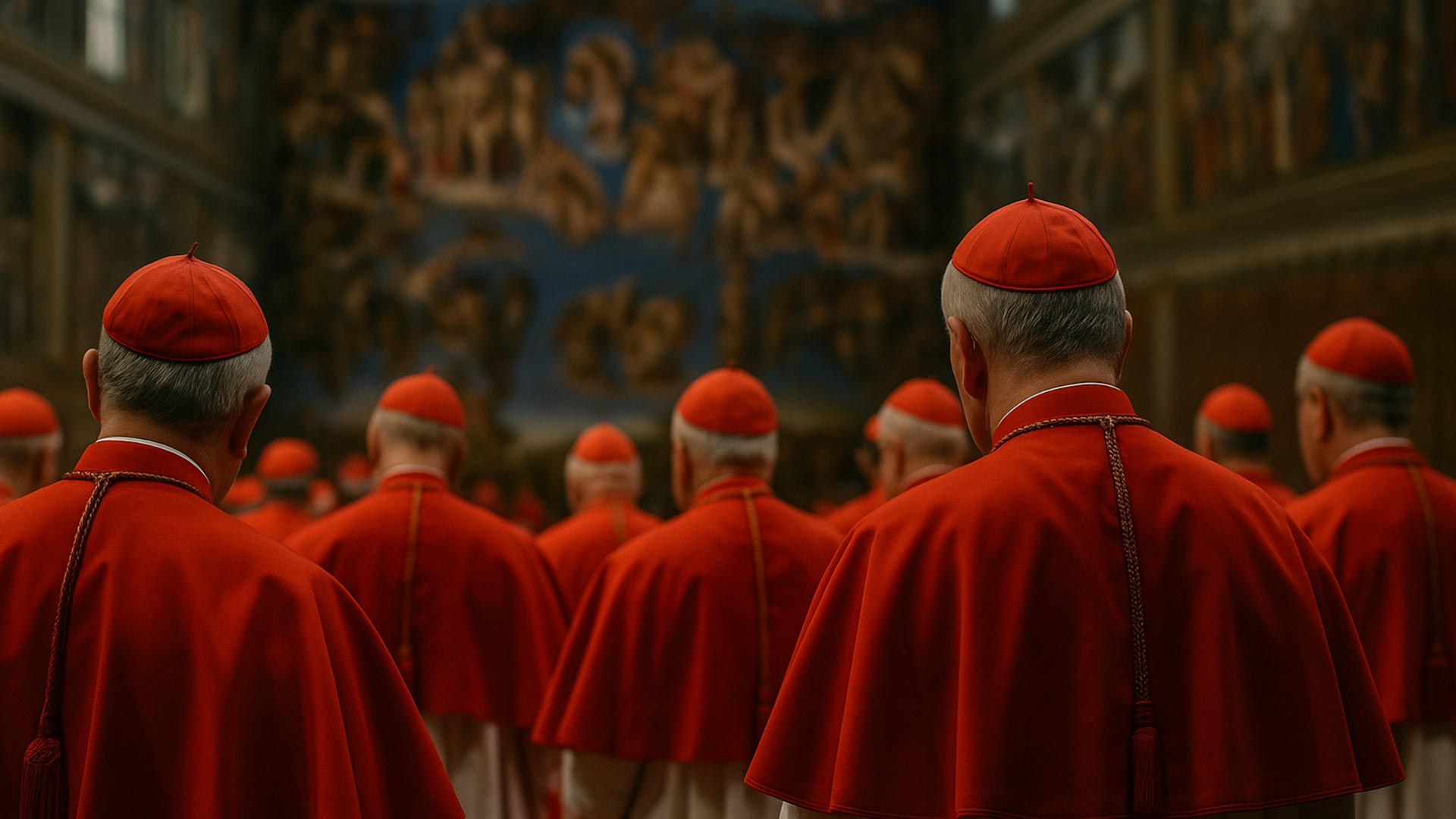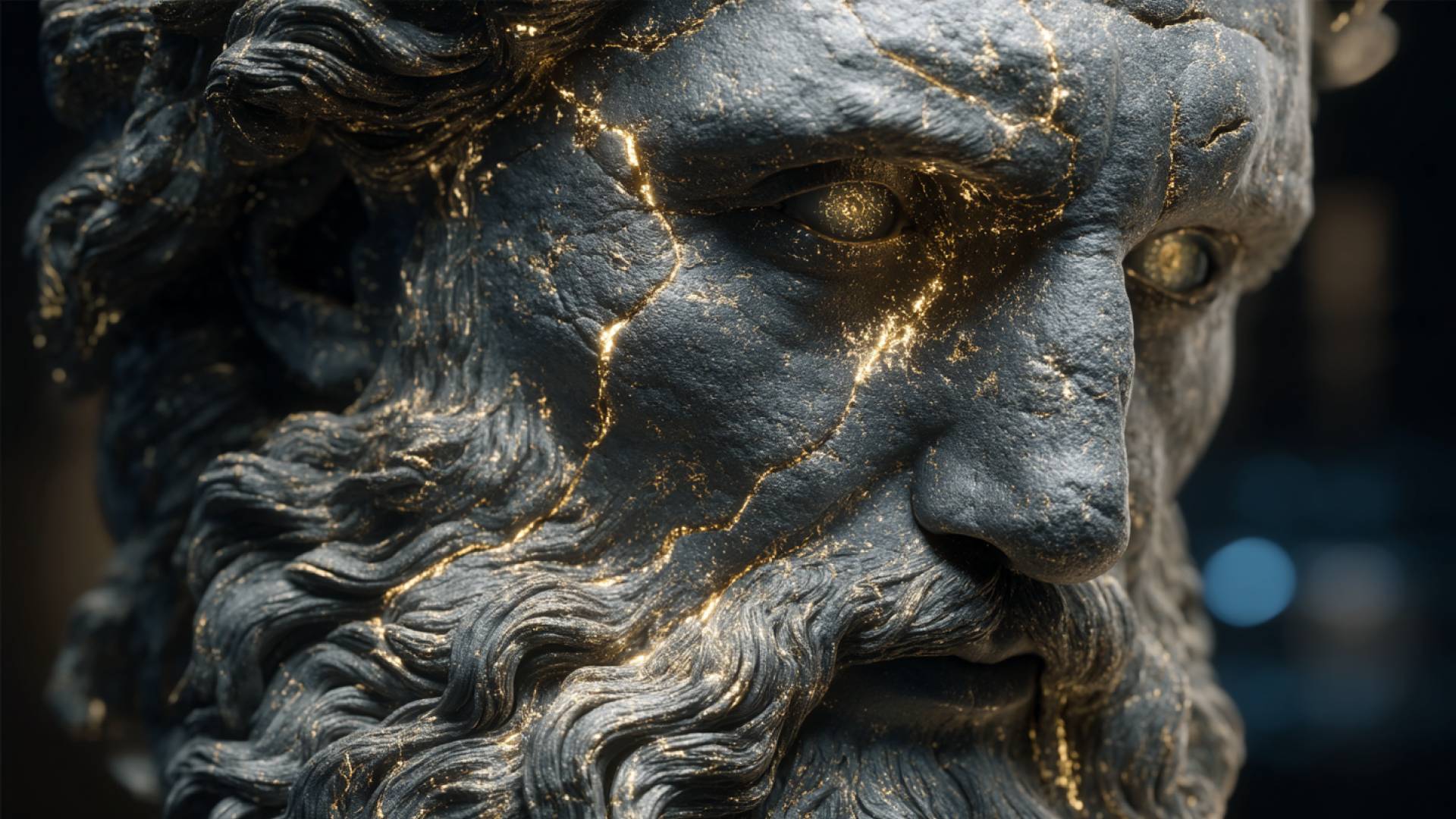Throughout my research on ancient texts and the Bible, I have always found the topic of the conclave and the election of the Pope fascinating, an event that captures the world’s attention every time it occurs. It is not only a religious moment, but also a deeply political and historical one. Every time a pontiff dies or, as in the rare case of Benedict XVI, resigns, the world holds its breath waiting for the announcement: “Habemus Papam!” However, the reality that emerges from a thorough study of historical facts, power struggles, and biblical references is much more complex and intriguing than the simple image of white smoke or black smoke rising from the Sistine Chapel.
Historical origins of the conclave: power and politics
Initially, Peter‘s successor was elected by acclamation by the people and clergy of Rome. This practice was symbolically democratic, but the reality was often very different. Roman noble families and emperors exerted strong pressure to influence the choice of the pontiff. It is interesting to note that from the 9th century onwards, with the election of Pope Paschal I in 817, the choice of the pope began to be increasingly reserved for a few representatives of the clergy.
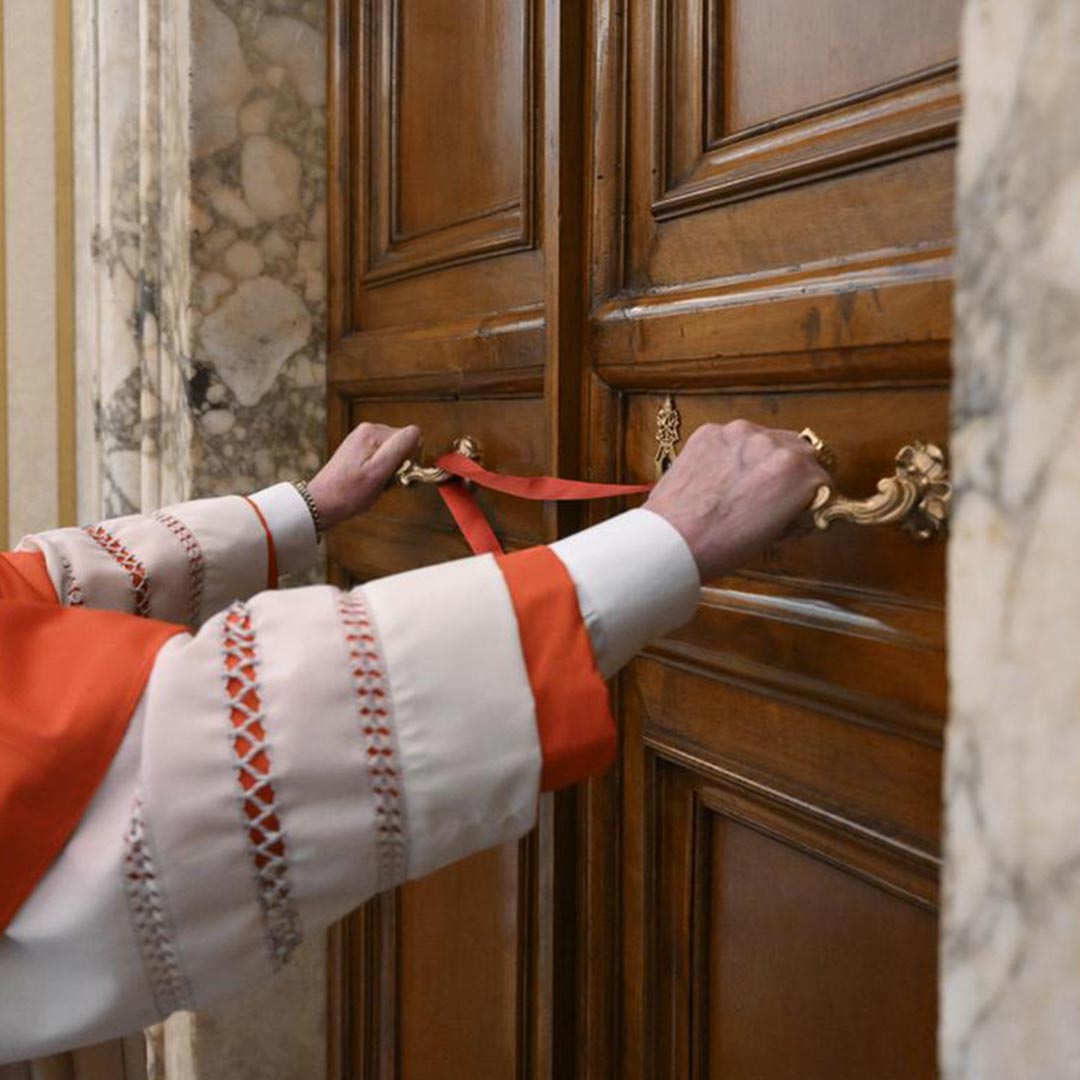
One of the most emblematic examples of this power struggle took place in the 13th century, with the conclave that lasted three years, from 1268 to 1271, which led to the election of Gregory X, a man who was not even a priest at the time of his election. It was Gregory X who, in 1274, with the constitution “Ubi Periculum”, introduced the idea of a strict conclave, with the aim of limiting external interference and speeding up the election. Yet, despite the desire to keep the procedure secret, conclaves have always been the subject of interest from political powers and intelligence services intent on influencing the choices according to their own agendas.
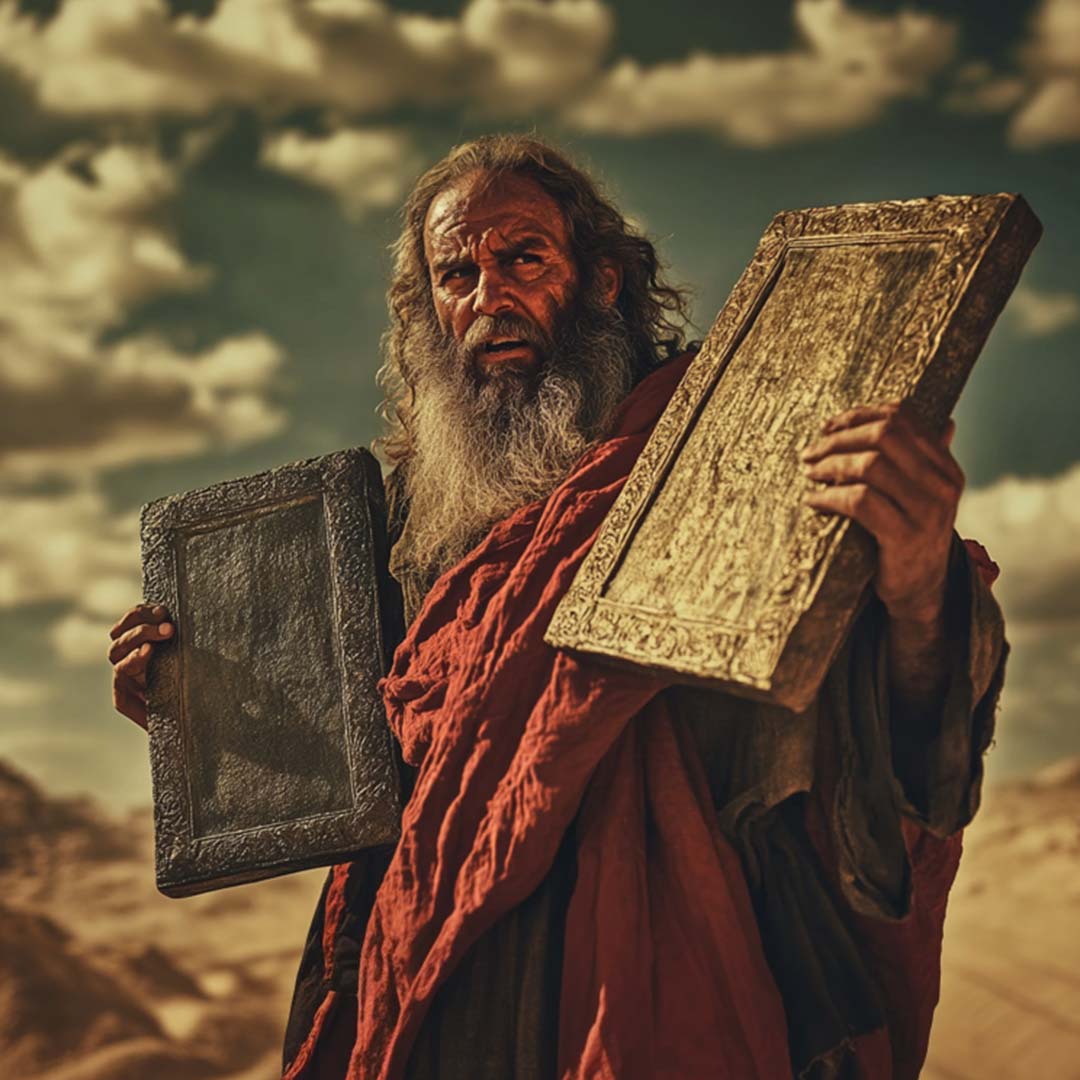
Rituals and biblical symbolism: from the desert of Israel to the smoke of the Sistine Chapel
One aspect that always strikes me about the conclave is its symbolic link with the Bible. Take, for example, the famous white or black smoke that announces to the world whether the new Pope has been elected. This tradition, which may seem like a mere aesthetic detail, actually recalls the pillar of fire and smoke that guided the Israelites during their long journey through the desert, as recounted in the Book of Exodus.
The segregation of the cardinals, isolated from the outside world during the voting, evokes the biblical account of Moses on Mount Sinai, isolated for forty days and forty nights while receiving the commandments from Yahweh (Exodus 19). But despite these symbolic and ritual references, it is difficult to ignore that the historical reality is much less idealized. Often, in fact, segregation served more to avoid overt political interference than to ensure the spiritual purity of the decision.
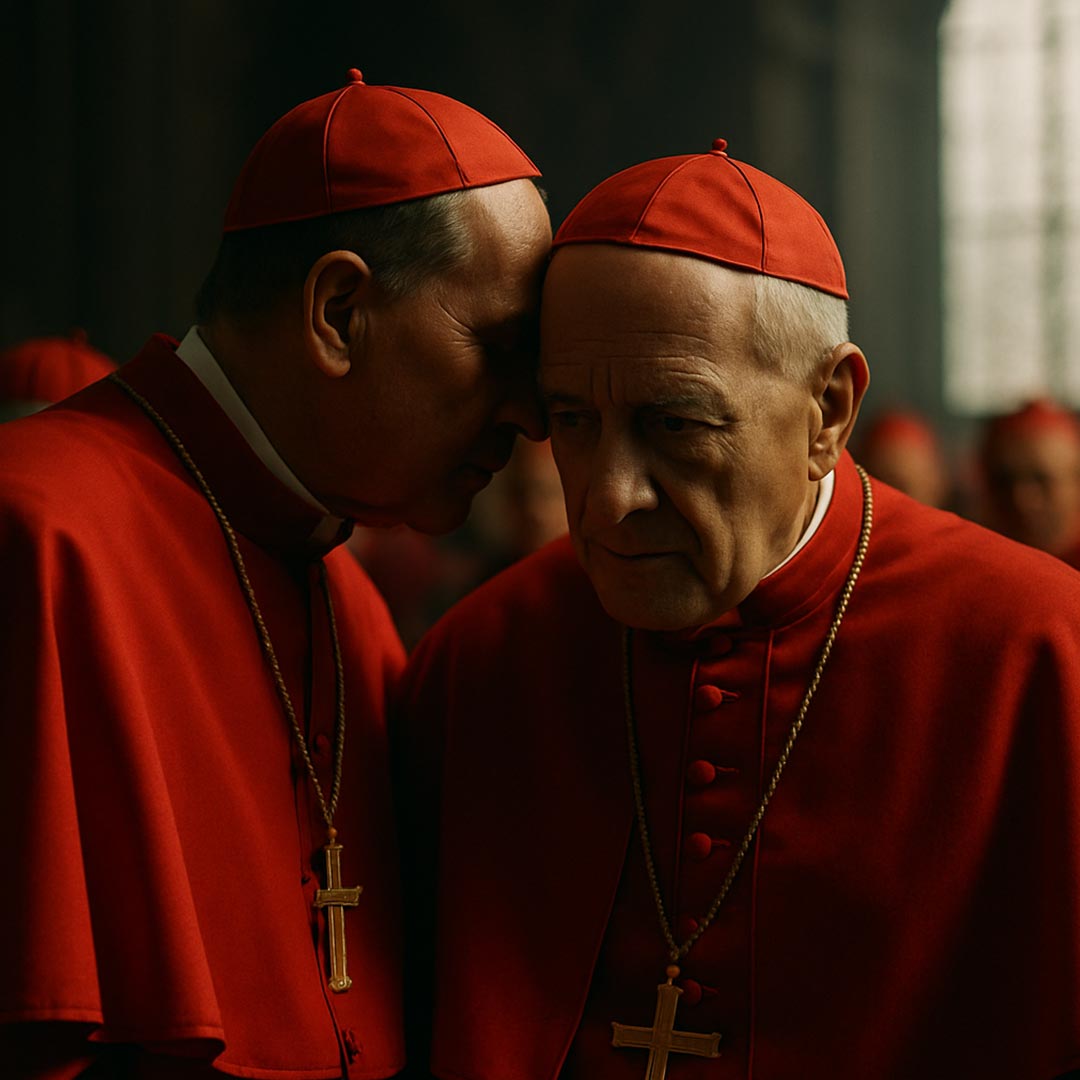
Innovation or tradition: the great contradiction of the Church
I am often asked whether I prefer an innovative or traditionalist pope. But the real question I ask myself is: can there really be an innovative pope within a Church based on immutable dogmas? The issues that are discussed today as “innovations” – the female priesthood, openness towards divorced or homosexual couples, abortion and end-of-life issues – must necessarily be analyzed in the light of the original biblical texts. For example, the Bible does not consider the fetus as an individual to be protected, so much so that if a man caused a woman to have an abortion, he was only required to compensate her for any physical damage (Exodus 21:22).
Speaking of women priests, in the Bible we find fundamental female figures such as Esther or Aaron‘s sister, who is described as a prophetess. However, in the Catholic Church, the possibility of conferring the priesthood on women is still far from reality. And even if it did happen, it would not substantially change anything: the doctrinal framework would remain unchanged.
The legend of Pope Joan: between reality and myth
Among the many curiosities that emerge when studying the history of the papacy, one particularly intriguing episode concerns the figure of Pope Joan. This story, handed down through history and legend, tells of an English woman who grew up and was educated in Mainz and who, thanks to her extraordinary intelligence and culture, managed to disguise herself as a man and even ascend to the papal throne in 855 under the name of John VIII.
According to sources, Joan reigned as pope for about two years before being discovered during a procession between St. Peter’s Basilica and St. John Lateran Basilica. The story goes that, suddenly seized by labor pains along the way, she gave birth to a child before the incredulous eyes of the faithful, thus revealing her true sex and causing scandal and dismay among the crowd.
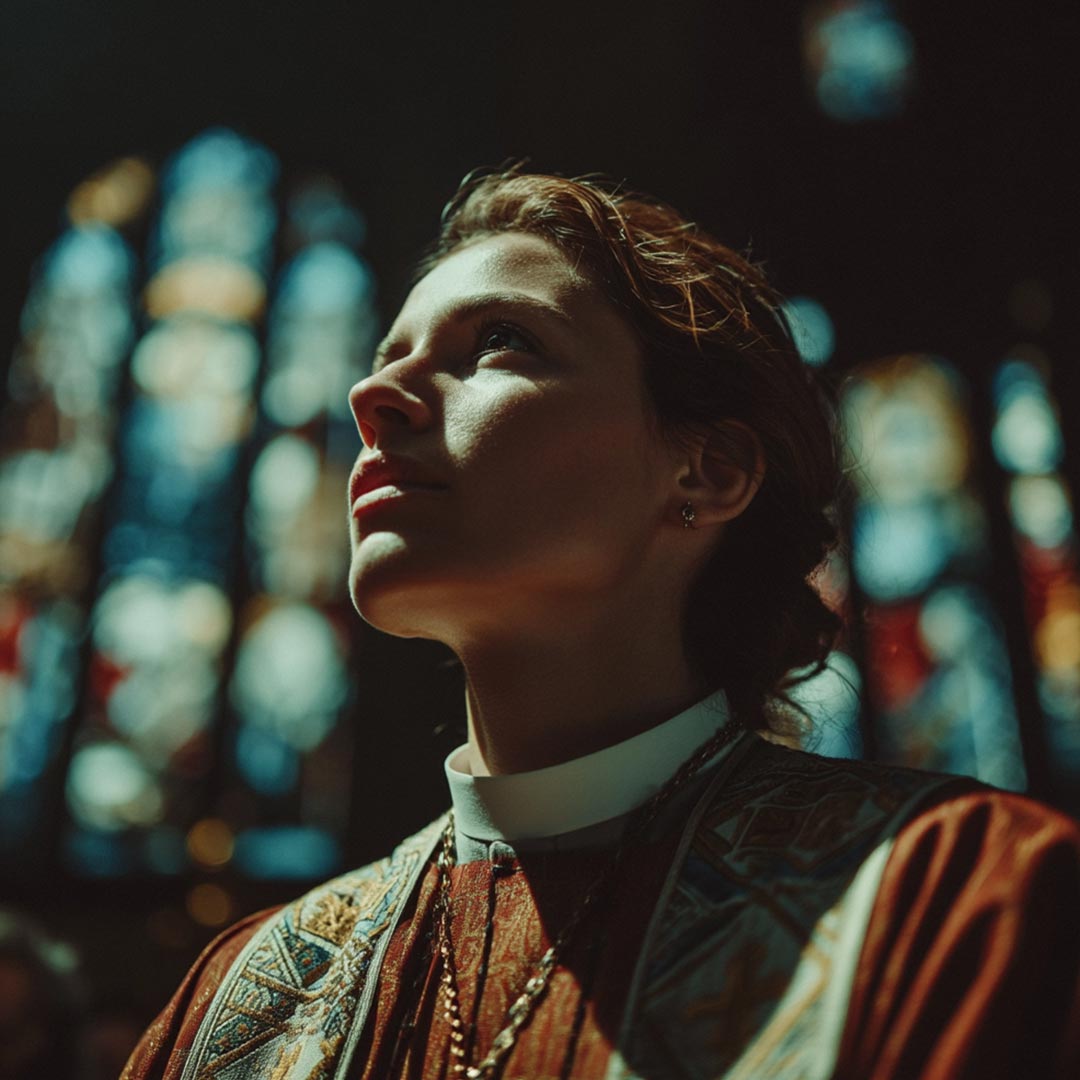
The Church has always considered this story to be a mere legend, without any historical basis. However, the story of Pope Joan has long been used as a polemical weapon, especially in medieval times, by anti-clerical movements and Protestants in their struggles against Roman Catholicism. Paradoxically, even within Protestantism itself, some Calvinist theologians refuted its existence, considering it an implausible invention, created solely to discredit the Church of Rome.
Personally, I believe that, whether real or not, this story is illuminating for understanding the complex relationship between gender and power in the Catholic Church. Pope Joan symbolically embodies the eternal tension between the desire for change and institutional conservatism, a tension that continues to profoundly mark the historical path of the Roman Church.
The real revolution: rejecting dogma for a new Church
The most logical conclusion I come to when reflecting on these issues is that true innovation can only come about through radical and revolutionary change: openly rejecting the dogmas built up over the centuries by the Roman Church. It would be necessary to recognize that the Old Testament is essentially a Jewish text, and that Christianity itself originated as a variant of Judaism, deeply influenced by Greek philosophy. Such an admission would have enormous, destabilizing implications for the institution itself.
Jesus, for example, preached a message specifically addressed to the people of Israel and not to all of humanity, as Matthew 10:5-6 clearly tells us: “Do not go among the pagans or enter any town of the Samaritans. Go rather to the lost sheep of the house of Israel.” It is clear that recognizing these aspects would require a profound and courageous revision of Christian doctrine. But what pope would have the courage to carry out such a revolution? The answer is probably none, at least in the immediate future.
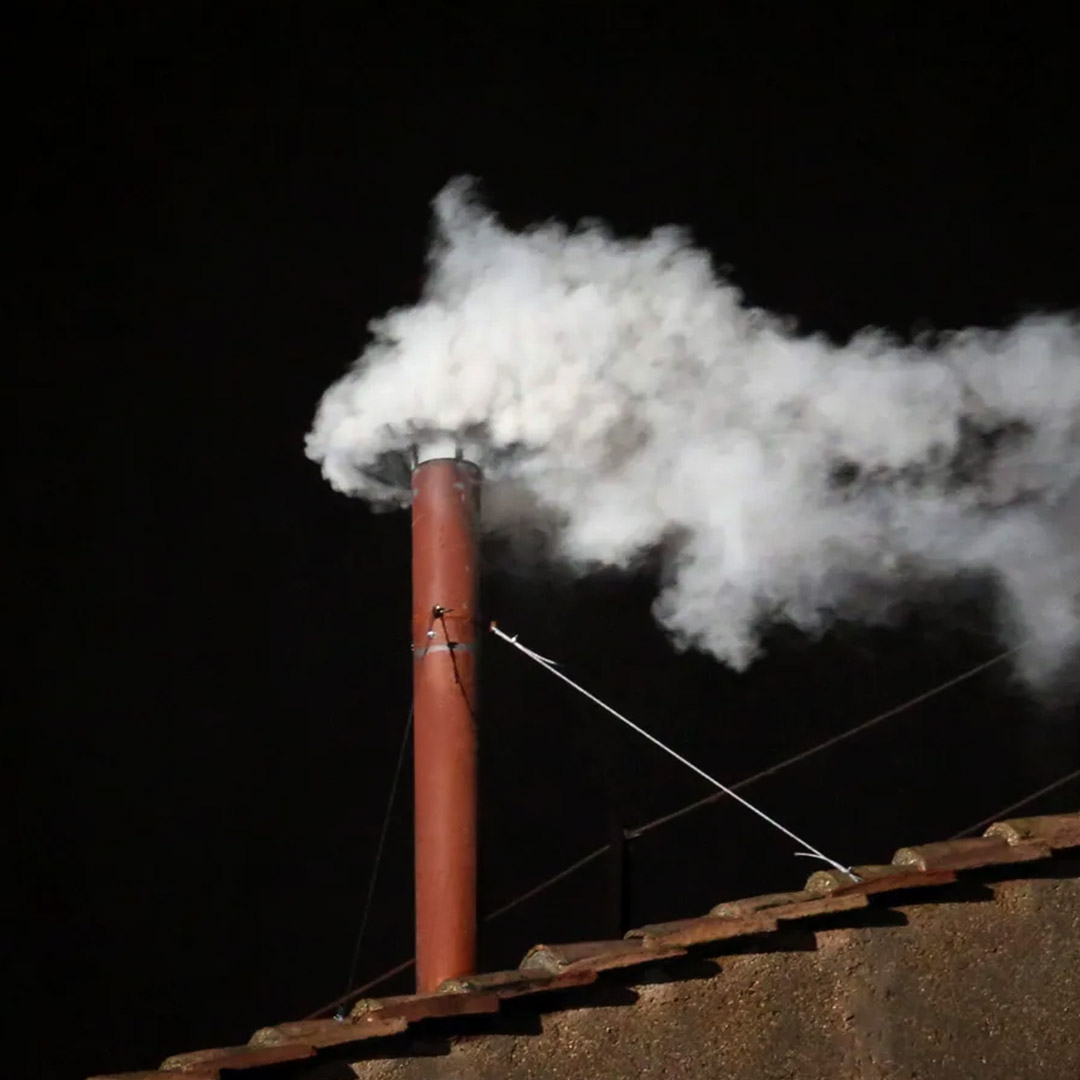
Conclusion: Waiting for a new pontiff
Every conclave is a time of great anticipation and speculation. Whether innovative or traditionalist, the important thing is to understand that the new pope will always be limited by the historical, political, and above all dogmatic framework of the Church. Ultimately, what happens in the Sistine Chapel is a struggle between men for spiritual and political power, under the guidance of a Holy Spirit who, judging by history, seems rather distracted. All we can do is wait, observe, and reflect critically, always seeking a deeper understanding of what is happening behind those walls so steeped in history and mystery.


